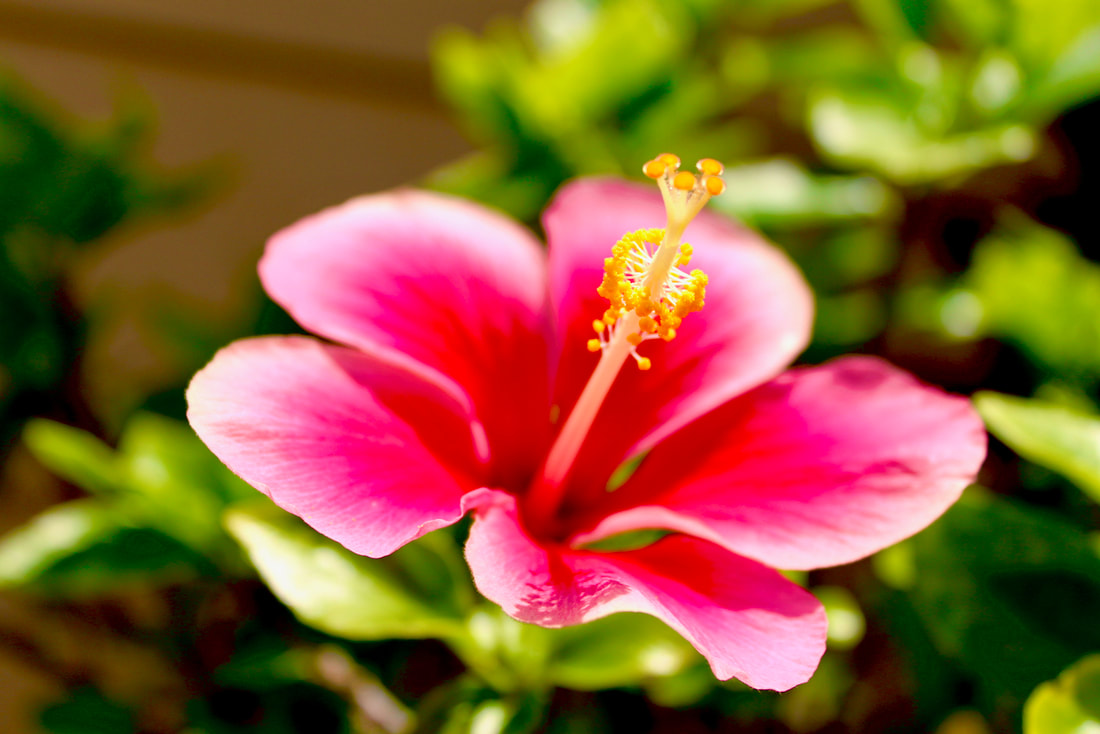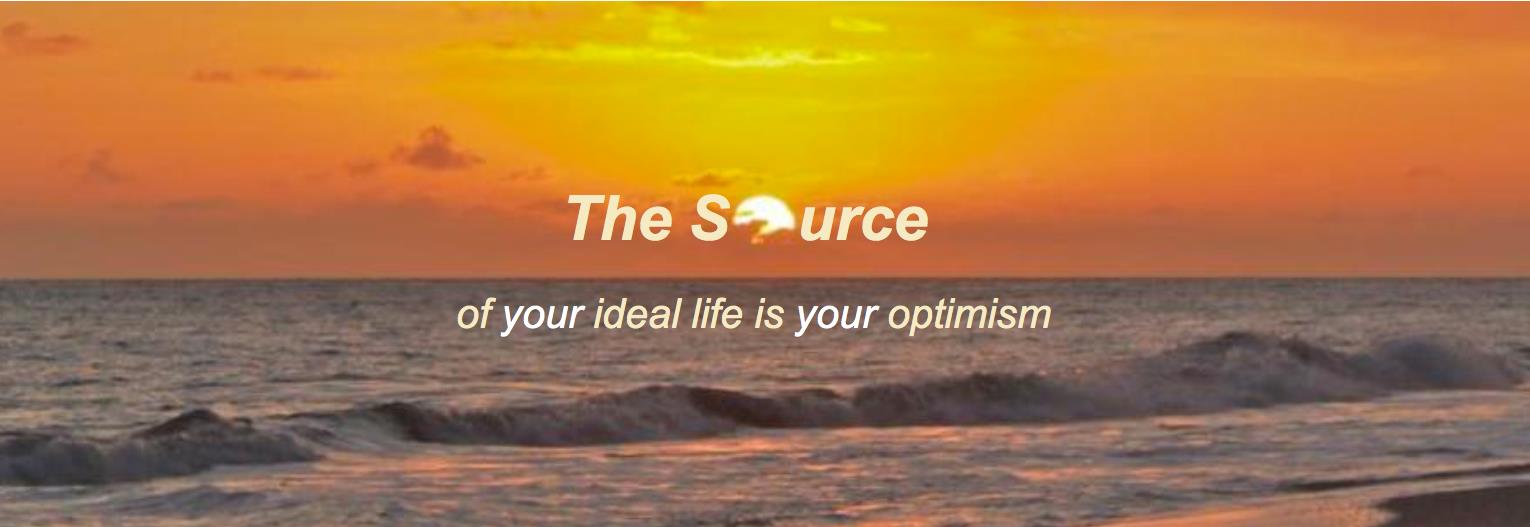|
Let's begin today's discussion with a bit of trivia. How does a seed become a flower? Did you know that a baby shark is called a pup? Equally interesting is the fact that armadillos, bats, and prairie dogs are also called pups. Calling a prairie dog a “pup” is understandable. But a baby bat just doesn’t seem like a pup. To me, a baby bat should be called a brat, a pat, or even a tat - but not a pup. Did you know that the baby koala and the baby kangaroo are both called a joey? Interestingly, a baby ape is called a baby, while the baby monkey and baby gorilla are referred to as infants. Here’s another question for you: How does a kitten become a cat? And, of course, there is the puppy changing into the dog, and the calf turning into the ox. Here’s the answer for you: All of these baby animals become adult animals by simply being nurtured via their external environment. Quite simply, if a baby animal eats food, receives water, and stays safe from predators, the baby animal will probably grow into a fully functioning adult. On the other hand, the human infant requires quite a bit more in its quest to become a fully functioning adult. More specifically, you and I require goals. That’s right: we NEED goals. In the grand scheme of things, perhaps we need goals as much as we need food, clothing, and shelter. Does that sound a little too crazy for you? Well, look at it this way: Where would we be if our early caretakers had not set the goal of no longer using diapers? Laugh if you want. But my point is still valid. Someone set that goal for us, and we reached it (hopefully a long time ago). Later, as each of us went off to school, a new goal popped up every day, every year, for the next 12 years. Some of us may have taken, shall we say, a less-traditional path (I opted to leave high school, shall we say, “a little early,” but subsequently earned a BBA and MBA). But again, my point is this: Goals are necessary to achieve almost anything and just about everything. Reaching back to yesteryear again, think of what it was like to take your first physical step as a toddler. Can you imagine what it must have been like to be a tiny infant, crawling around amidst that sprawling world of giants? Can you imagine what it felt like when someone first offered you their two thumbs, one in each of your tiny little hands, and lifted you to a standing position – setting another goal for you? Of course, at the time, you were probably still excited about being able to crawl across the room and grab a toy that was purposely set up as the previous goal to get you moving. And when you took that first physical step, the people of your world held their collective breath in anticipation. Of course, knowing what they knew, the adults in your world back then were anticipating your first fall on your tush, not your first trot across the living-room floor. When you took your first step, despite not having any experience in the act of walking, you instinctually knew it could be done. So, you literally took a faithful step, probably knowing full well that the initial attempts would not be pretty. That first attempt at a full step, I assure you, was completed off-balance and with complete ignorance of the laws of physics. When you took your first successful step, it was probably scary, exciting, different, challenging, and, yes, one heck of a life-changing moment. But you did it! In reality, you accepted the challenge presented by the goal. The goal was to simply learn how to walk. Ahhh… but to simply learn how to walk is not such a simple goal, especially if you’ve never, ever done it before. And, as a toddler, even after you achieved such a life-altering goal, you undoubtedly stumbled around until you got it perfect. Today, I will wrap up this short note with one long explanation of why I started with seeds, pups, and infants… and will end with a crystal ball: Flowers grow from seeds without any thought of their own (I think). Puppies, kittens, and all those other animal babies grow up with no regard for their future self (I’m pretty sure puppies don’t ponder what a great dog they will someday see and be). But today, just like every other day of your life, you need goals. You need to nurture and grow yourself from the inside. Just like the flower that will perish without external stimuli, we will begin to hasten our own decay if we do not nurture our own self with a sense of challenge and personal accomplishment (internal stimuli). And just like your first successful step forward when you learned how to walk, your goals should challenge you and help you experiment with your life in ways that will probably be scary, exciting, different, puzzling, and, yes, potentially life-changing. In fact, I need you to understand one far-reaching fact: Every moment of your life is potentially a life-changing moment. And, like the unbalanced first step of the little tot from which we all came, our next steps as adults may be appear to be unbalanced, risky, and seemingly doomed to fall or fail. But guess what? Literally every footstep we take is actually a calculated exposure to a purposeful fall forward. But we don’t fall. As adults, we know how this walking thing works. As we step one foot forward, we are unbalanced for mere microseconds, and then the next foot makes a heroic appearance, saving our aging bodies from a horrific fall to the ground. You may not view your daily steps as a continuum of perpetually heroic acts on behalf of your feet. But you should know that walking is actually a literal application of stepping out on faith. Likewise, our goals project us forward in a similar dance with calculated risks… falling, failing, and subsequently succeeding where and when we can. Yes… where and when we can. Don’t believe the crappy line that “failure is not an option.” Unfortunately... Failure is always an option. But if we are failing at one thing or another… or fifteen things… those failings do not brand us a failure. Thomas Edison went through thousands of failed light bulbs before he changed the world with the one that actually worked. And, as successful as he was, Thomas Edison did not invent the spaceship, space savers, or space makers. His strength was not in those areas. His dreams were not about space; his dreams were about light. He followed his dreams. He composed goals based on his dreams. And he changed his life - and our lives, too - by achieving his goals. You, too, should base at least one of your goals on your dreams. Clearly, the practice of goal-setting is something we need. The practice of goal-setting helps us proactively craft exactly how we will change our lives – and the lives of others. In other words... Goals actually help us predict the future. And that, my friend, is an awesome power to have. As we restrict our movements over the next few weeks, consider investing an hour or so setting a few NEW goals. With a few extra hours in our schedules, many of us can at least consider doing one or two things that we couldn’t or wouldn't previously do. Those things could be starting a new hobby; improving our skills at a certain talent; or starting something as simple but significant as learning how to meditate. Just remember: Goals should be: Specific Measurable Action-oriented Realistic Time-based Oh, and… Accept what is. Adapt to a changing landscape. Achieve the best possible outcome. Aloha, John Accept. Adapt. Achieve. ® John H. Clark III is an optimistic realist.
Principal consultant at The PIE Group, and Executive Director of TeenBuilding USA, [a non-profit 501c(3)], John believes better development of leaders is what we (all) need. And to be better organizations, we need more good leaders, not followers. To build better leaders, we must start with the individual (you, she, he, and me). Described as “an innovative leader,” John teaches leaders, organizations, and individuals how to inspire each other. With a bold goal to inspire a worldwide community of optimistic realists who continuously accept, adapt to, and achieve the bold and beautiful concept of The Ideal Life, John is leading a movement to inspire people to apply his trademarked mantra {Accept. Adapt. Achieve! ®}. An innovative business manager and retired naval officer, John is fascinated by leaders and organizations that make the greatest impact within their organizational culture and within the “real” world — people who “get it.” Over the course of his life as a military leader, corporate mentor, and innovative content creator, John has discovered a wealth of insight about how we think, act and communicate within our respective work/life environments. As a career naval officer, mentor, educator, and optimistic realist, he has devoted his life to sharing insights to assist in our quests to become better at what we all do – live @ work! An optimist with a penchant for writing about realistic solutions to the challenges of everyday life, John is the author of 3 books: a leadership-development insider, The Ideal: Your guide to An Ideal Life, a teen-focused guide, Getting Out: Expert Advice for Today’s Teens, and the Christian-based book, God’s Heartbeat: A Powerful Premise for Leading a Christian Life. He delivers a unique and refreshing point of view to life's seemingly overwhelming situations. Through books, blogs, and everyday conversation, John's message resonates with an empowering blend of ideals that enrich, uplift, and “authorize” people to set and achieve goals far beyond current mindsets. His trademarked phrase is a winner: |
My purposeInspiring a worldwide community of optimistic realists. Archives
April 2024
Categories |



 RSS Feed
RSS Feed
